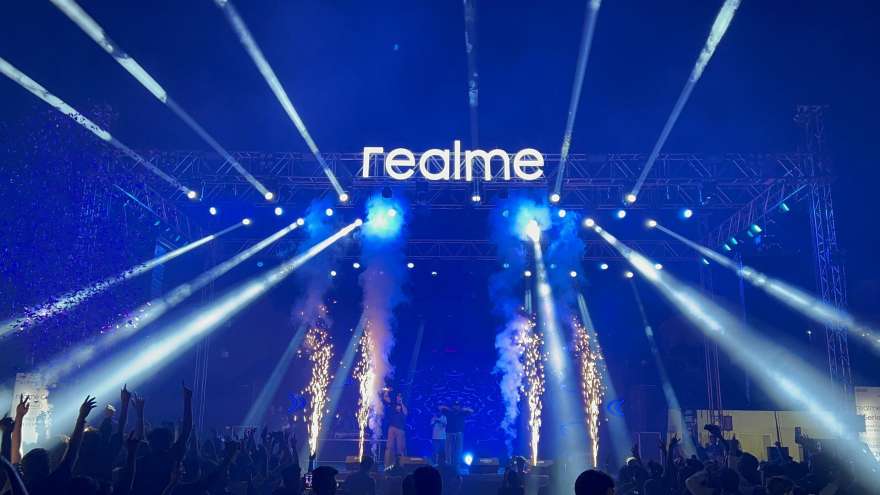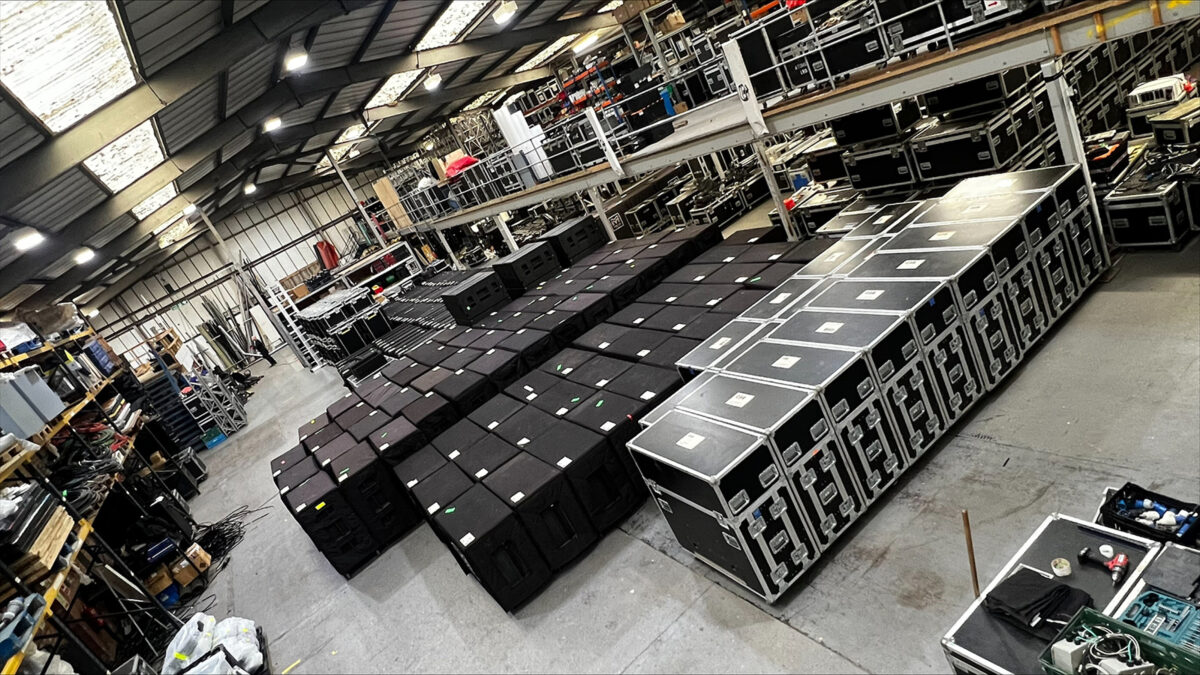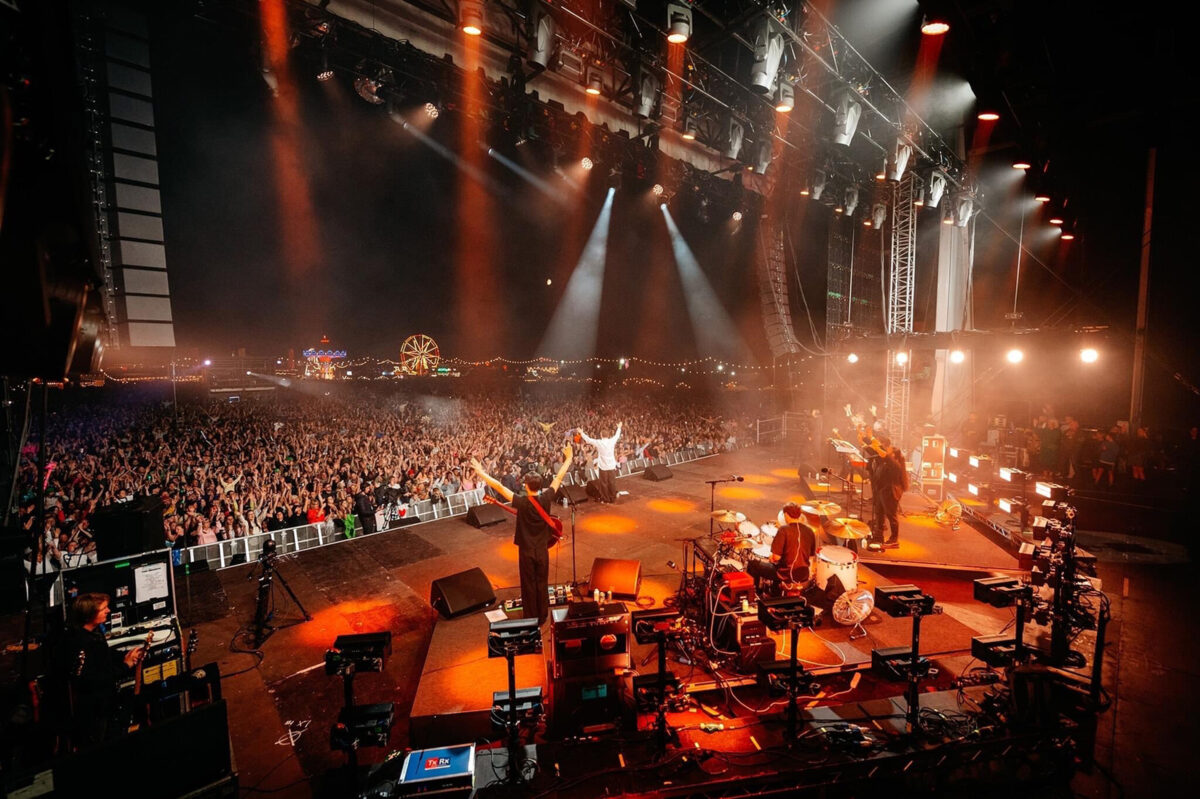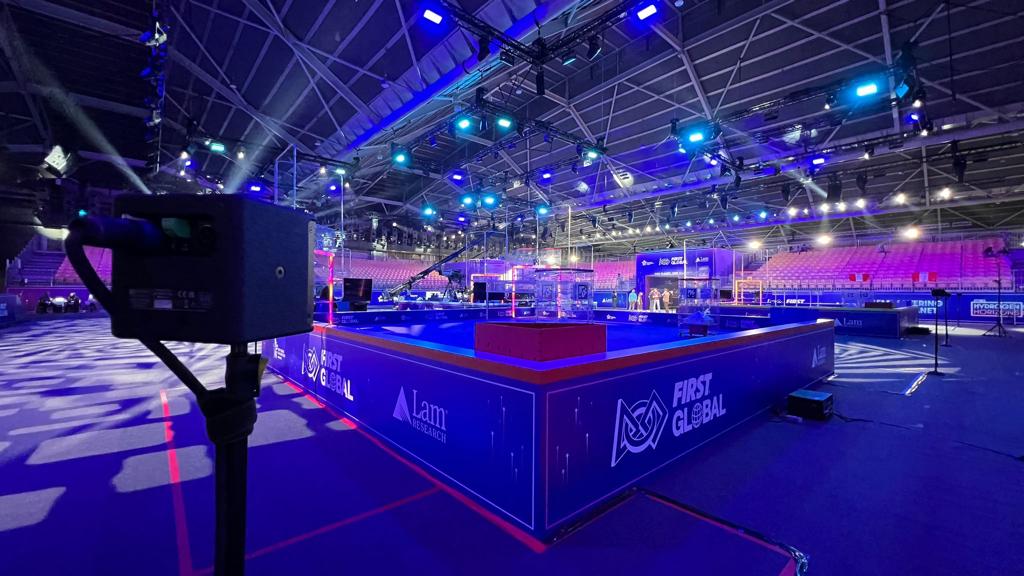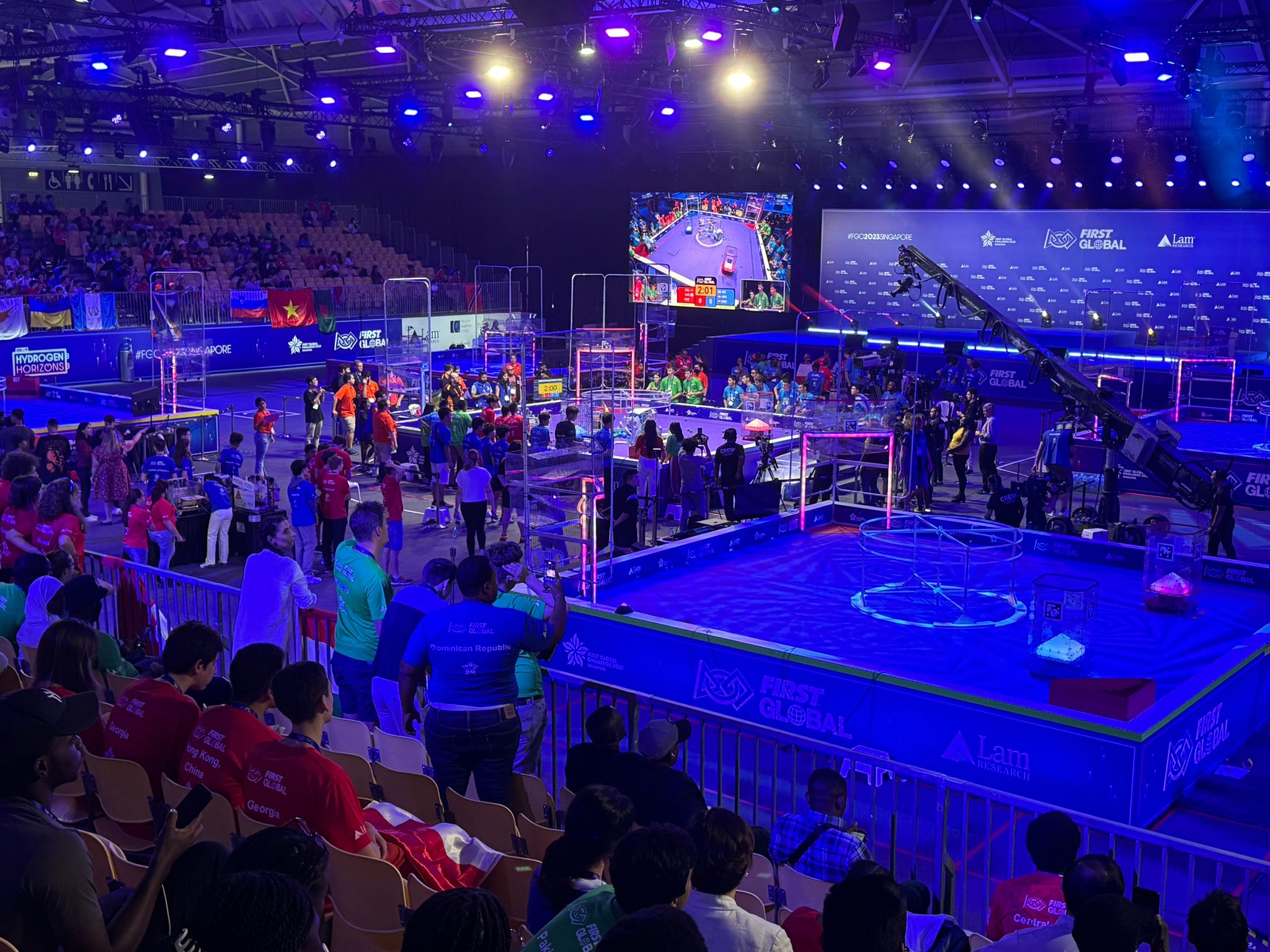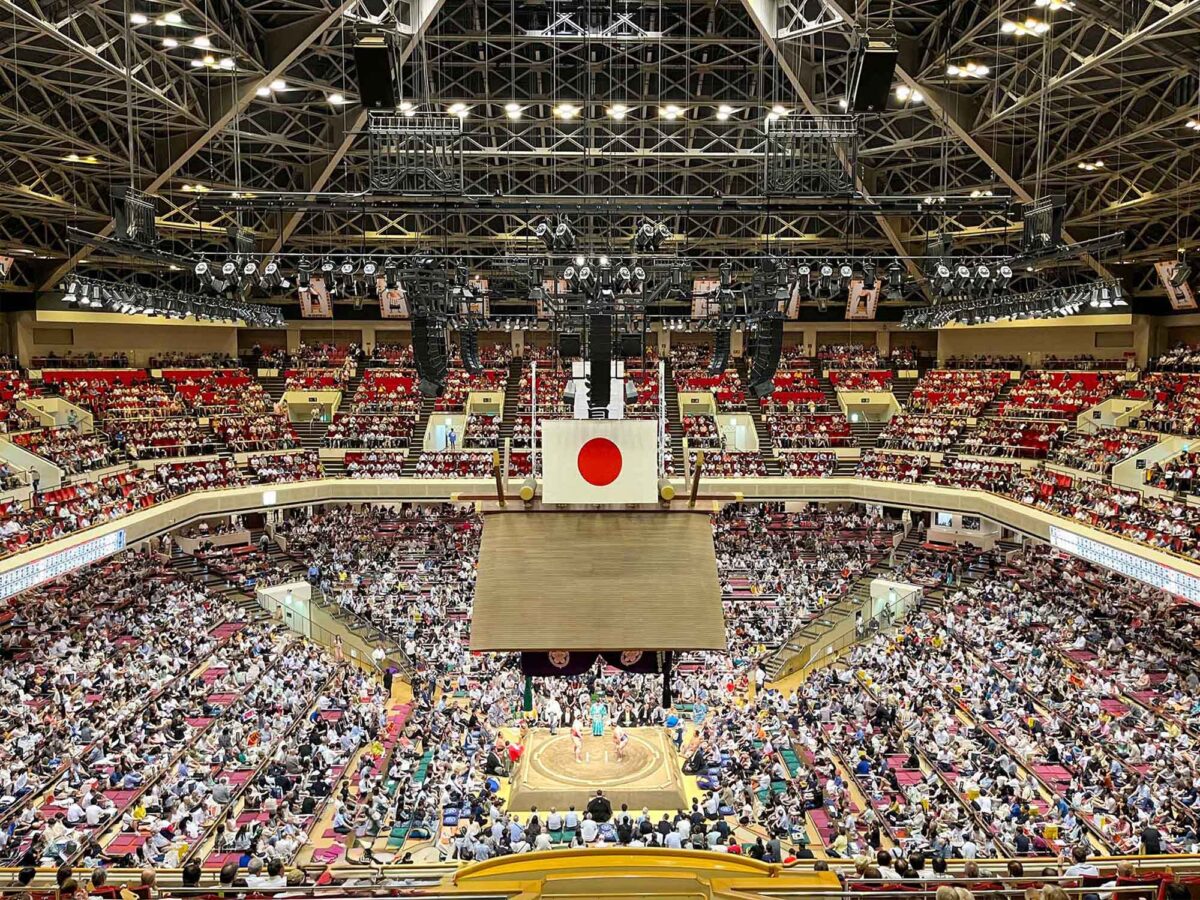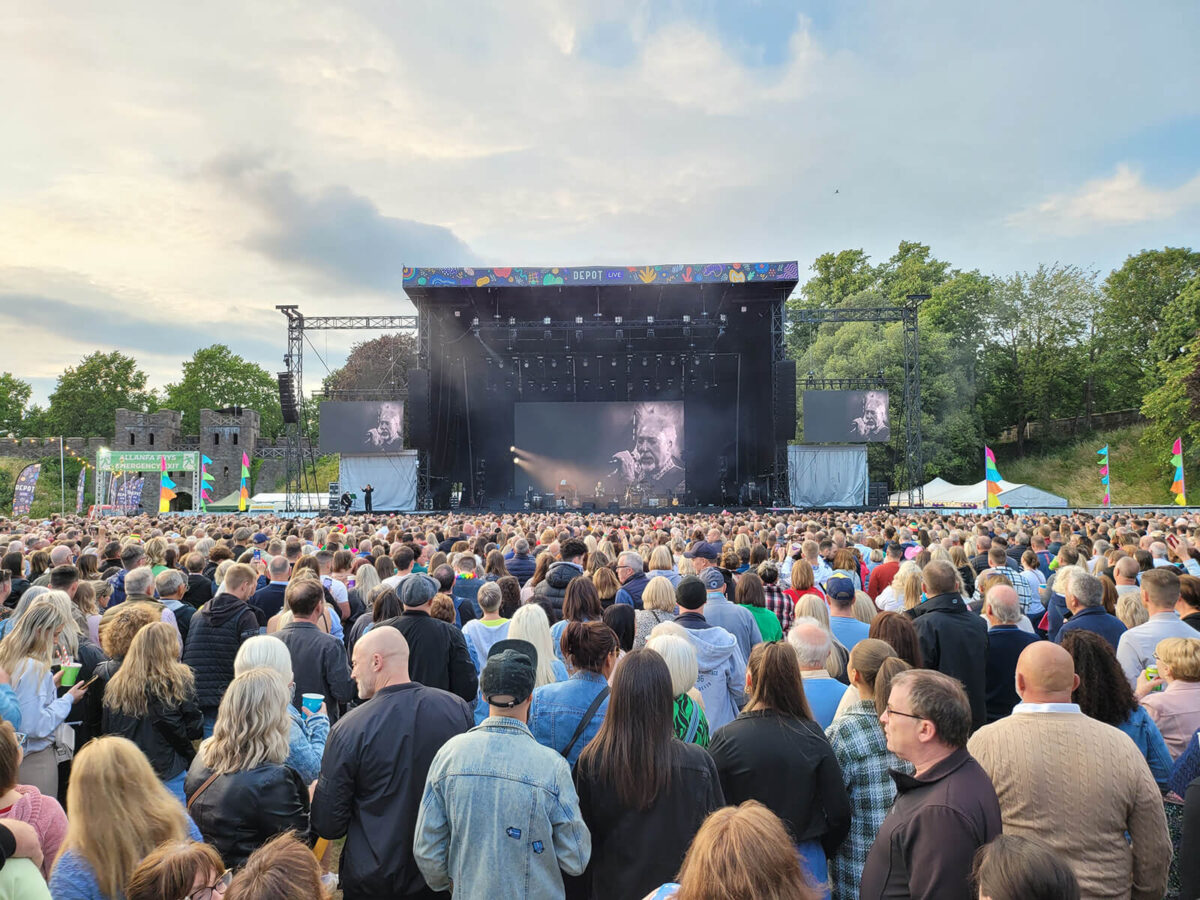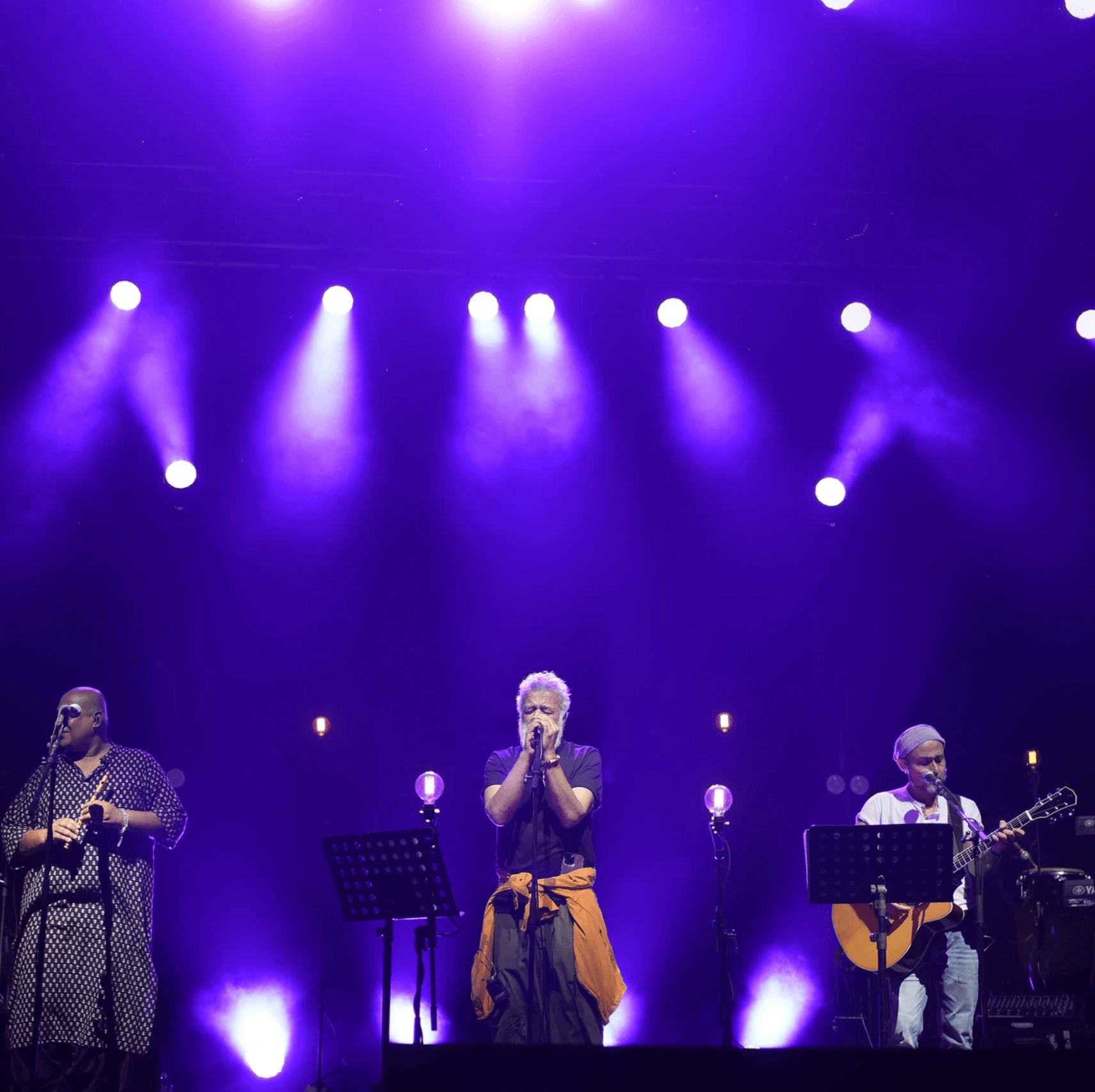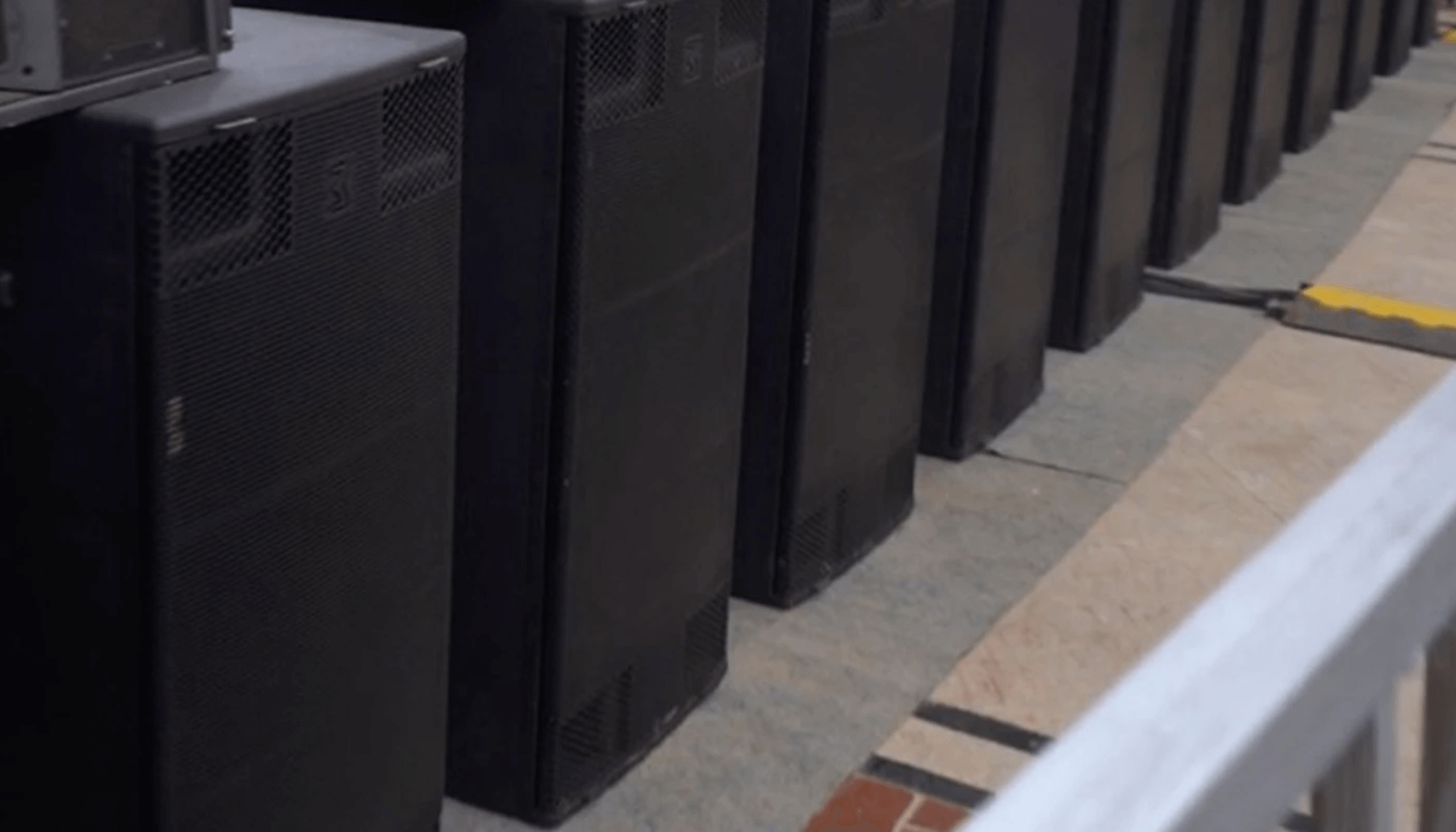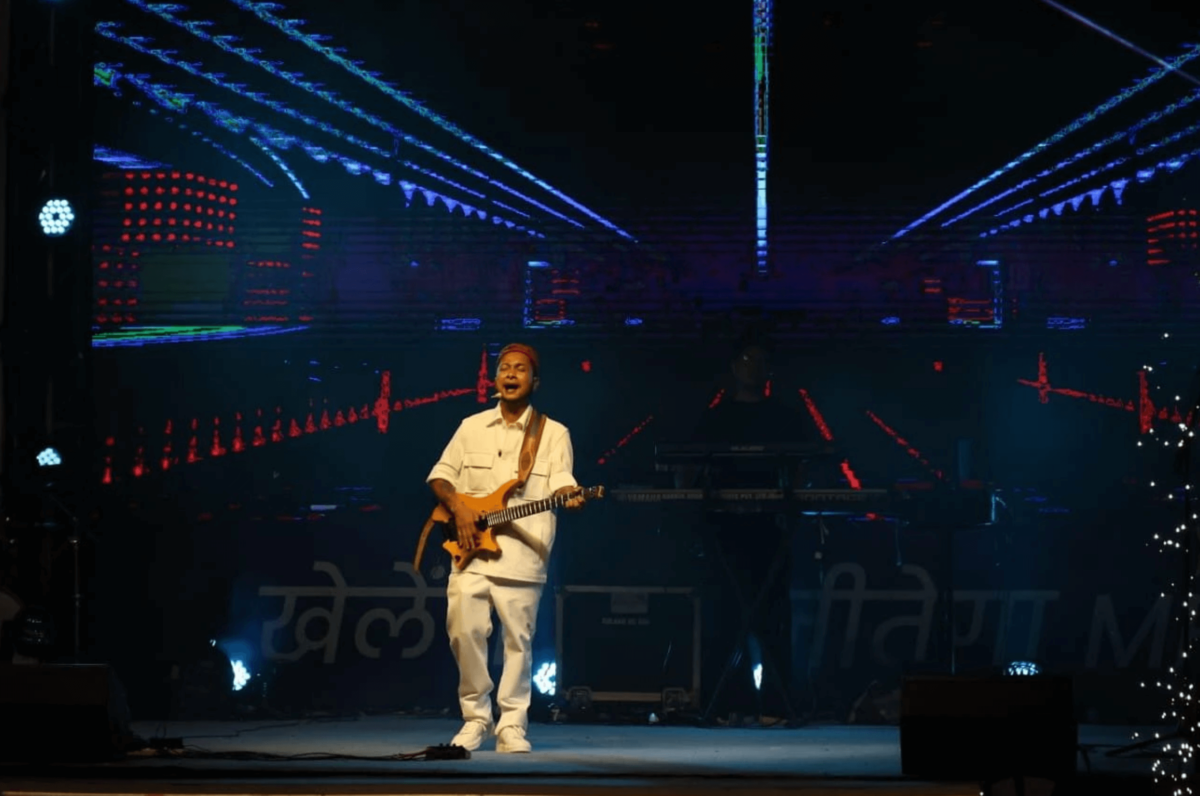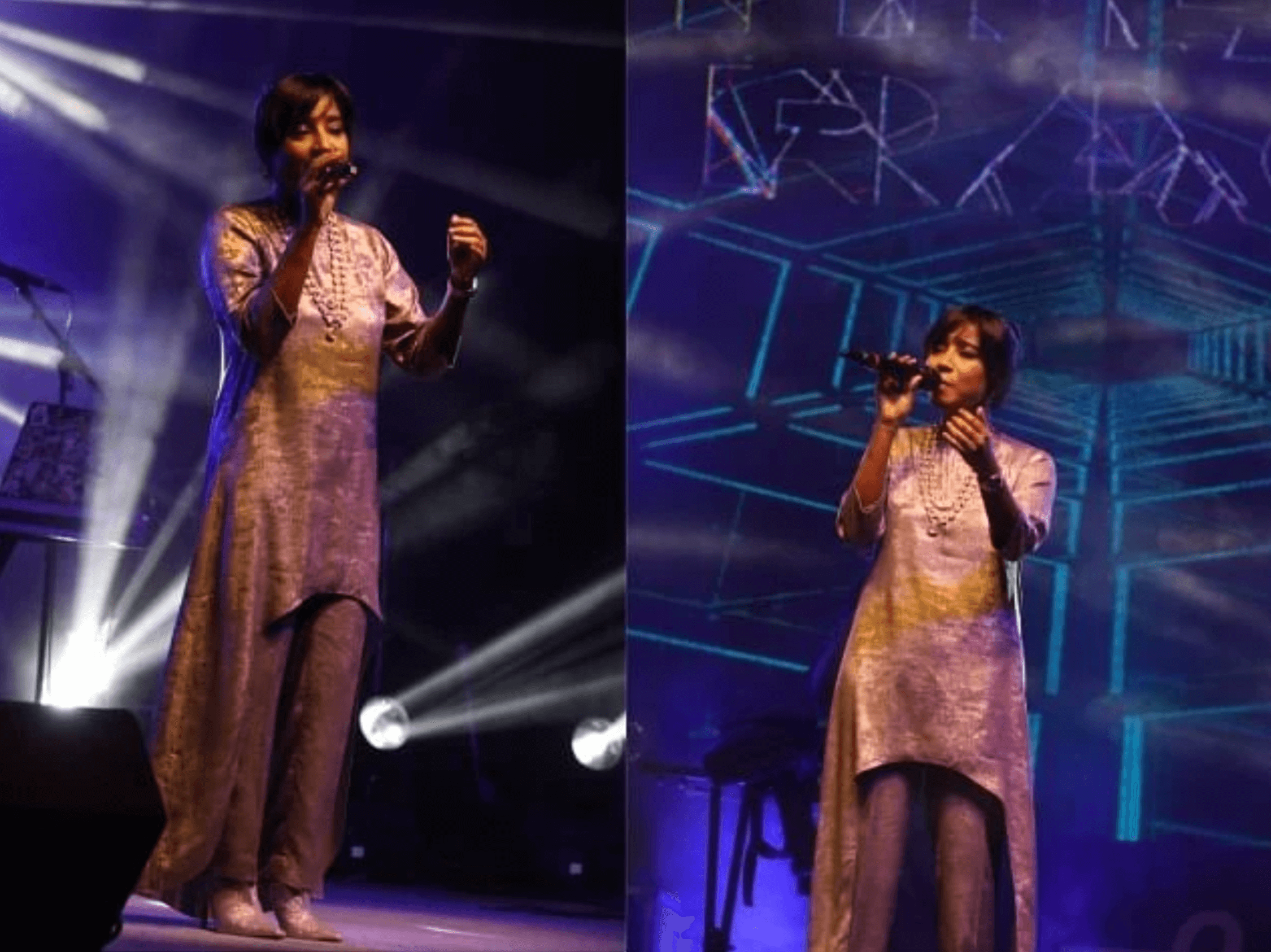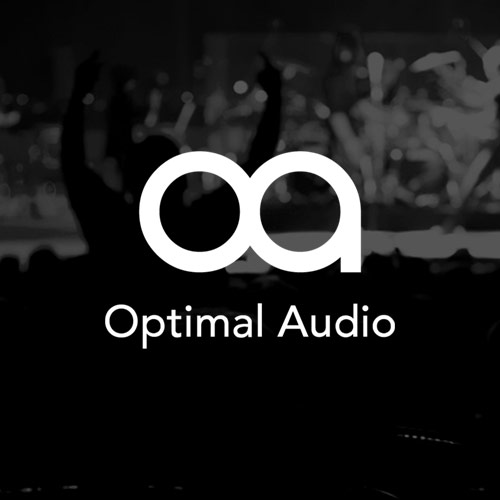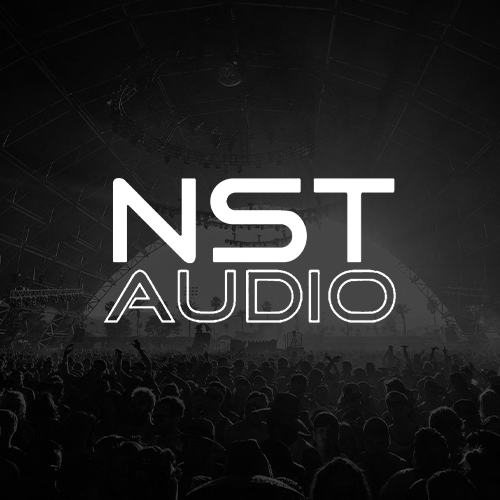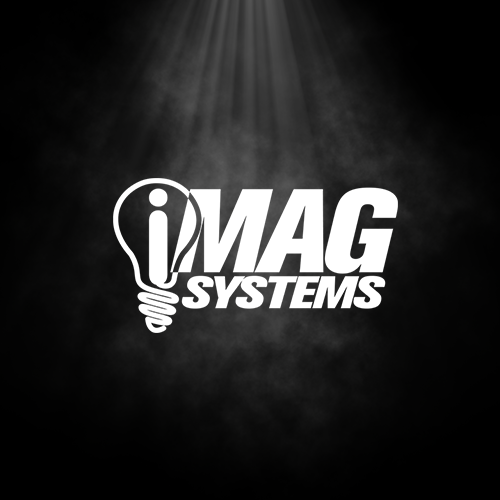Following a successful stint in North America, the Australian Pink Floyd Show (TAPFS) tribute band has returned to the UK for its #DarkSide50 Tour 2023. This celebrates 50 years since Pink Floyd’s original Dark Side Of The Moon tour.
Significantly, the tour will also marry Martin Audio’s latest state-of-the-art Wavefront Precision line array technology, as fielded by 22live—who handle all audio production for TAPFS—and the original rig conceived by Martin Audio founder, Dave Martin and Bill Kelsey for that 1973 tour.
The idea of recreating this for arguably the greatest cover band on the road today, came from Chris Hewitt (of CH Vintage) who floated the idea back in April.
Hewitt is known for having salvaged and curated much of the iconic equipment that toured concert halls and festivals in the 1960s and 70s, and selected items from his emporium can frequently be seen on show, lovingly restored, at major trade conventions.
He had already created Pink Floyd’sLive at Pompeiirig for that momentous event’s 50thAnniversary in 2021 (which appeared at the 2022 PLASA Show in London). But in April this year he decided to take it further. Having discussed the idea of revisiting the Dark Side concept with Focusrite chairman, Phil Dudderidge, it was a later conversation at this year’s PLASA Show, in the depths of Olympia, that sealed the deal.
Of course, it also needed approval from the band, who in any case have long used Chris Hewitt’s resource for authentic components for the band’s guitar cabs (in order to capture Dave Gilmour’s precise original tone). He wasted no time in getting back in contact with Australian Pink Floyd founders, Stephen McElroy (aka Steve Mac), Jason Sawford and Lee Smith — who had themselves witnessed some of Hewitt’s Pompeii recreation. They were in favour of the idea, as were promoters SJM and the band’s management.
As a result, the 1973 rig will be on static display inside the venue foyers. But what does it comprise? Centrepiece is the legendary Kelsey / Martin 2 x 15 bins, (two 15” drivers vertically stacked rear facing) which were the firstproduction cabs Dave Martin ever made (after earlier attempting, but failing, to develop a 4 x 15).
Notes Chris Hewitt, “The Martin 2 x 15 Mk1 is the bin that launched the legendary Martin 1 x 15 W bin which became part of the modular system, along with the MH212 Philishave mid. It was realised that 2 x 15 Mk 1 cabs were heavy and didn’t always fit through venue doors, so Martin made a quick design decision to saw it in half horizontally.
“We are taking four of these original Kelsey / Martin bins, loaded with JBL K140s, and the midrangefor Pink Floyd in 1973, which was covered by silver flares with a mixture of Vitavox S2, Electro-Voice 1829 horns and JBL 2402 bullets. We also have those along with Phase Linear 400 amplifiers.”
Also on show are original Sennheiser MD409N vocal mics of the type used at Pompeii and on the DSOTM tour, and some of the original Pink Floyd flight cases in Hewitt’s possession, manufactured by the long-serving CP Cases.
It was hoped that when the doors open at each venue, the general public will be allowed in to view the foyer display only. The exhibit will also be available for an early sneak preview for holders of the special VIP packages, who arrive for soundcheck and ‘meet and greet’ with the band.
22live are happy to be a part of this retrospective, and in particular their hire director (and co-founder Paul Timmins) whose relationship with TAPFS extends back through many tours. “It’s unique that while we are providing the new technology of Wavefront Precision, with all its advantages of scalability and optimisation, in the auditoriums, out in the foyer we are connecting back to the original rig through which fans heard the soundtrack 50 years ago. It just shows how far the technology has come.”
With the unique Olympic-style setting demanding a discreet yet powerful solution with even coverage, it was a challenge to find the right sound system for this occasion. Traditional bulky speakers were out of the question, as they could obstruct the audience’s view and the watchful eyes of the press.
Working closely with Generation AV, N-Live found the perfect solution with Martin Audio’s FlexPoint FP4 sound system. Generation AV recommended the FP4 for its portability and remarkable power, despite its compact size. The FP4 is a point-source loudspeaker tailored for short-throw distributed systems, ensuring premium sound quality from a compact enclosure. It astoundingly delivers exceptional output and performance while taking up minimal space, making it the perfect fit for installations that require precise spot and fill coverage.
At first, there was some skepticism about whether these speakers, due to their compact dimensions, would be loud enough for the grand occasion. However, System Engineer Sher Mohamed’s doubts were swiftly put to rest as he was astonished by the sheer power of the FP4. Its wide and smooth frequency response effortlessly reproduced both speech and music, making it an impeccable choice for the grand stage of the 2023 FIRST Global Challenge in Singapore.
The FlexPoint FP4’s are powered using Martin Audio’s VIA amplifiers, and the new DX0.4 loudspeaker processors utilising the latest FIR presets.
As the world’s young innovators gather to compete and inspire, the technology behind the scenes plays a crucial role in ensuring their success. With Generation AV’s expert guidance and the FlexPoint FP4 as the sound system of choice, the event was a harmonious symphony of technology and talent, embracing the future of youth robotics with resounding success. This collaboration between N-Live and Generation AV has proven to be the ideal solution for this remarkable event, showcasing the power of innovative partnerships in the world of event technology.


